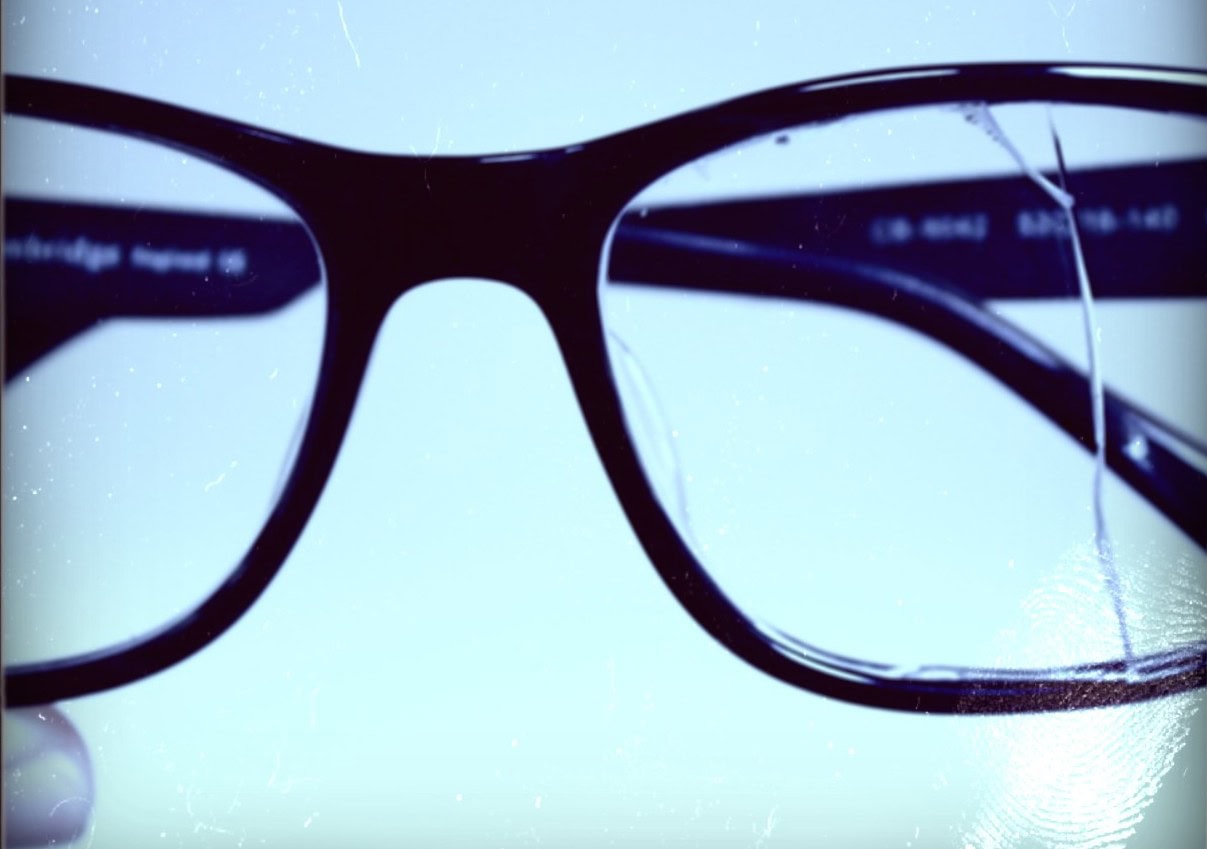
[Image above] Credit: Frances Cacnio; Flickr CC BY 2.0
Do you rely on glasses to help clearly frame the world around you?
While a super-sleek pair of specs can be the ultimate fashion statement, sometimes it’s a hassle to remember to throw those glasses in your bag when you leave the house each day—especially if you rely on prescription sunglasses and readers.
What about contact lenses? Those are a fantastic alternative—but remember to take them out each night before bed. And don’t forget to submerge them in contact solution so they don’t shrivel up and become worthless. (You did remember to pick up contact solution, right?)
So current eyewear choices have some drawbacks. And we can all agree that smarter alternatives to improving how we augment our eyesight are welcome.
This summer, we reported on development of sunglasses that turn from dark to clear with the push of a button. Researchers at the Georgia Institute of Technology in Atlanta are working on a polymer coating for glass that can change the lens color instantly with a small, user-controlled electrical current. And they say this technology is scalable.
Immediately self-adjusting lenses solve the issue of keeping track of multiple frames, but the latest news in smarter eyewear may provide a more permanent solution—and it uses the same technology found in your smartphone.
A researcher at the University of Leeds in the U.K. is working on a “new eye lens, made from the same material found in smartphone and TV screens, which could restore long-sightedness in older people,” according to a recent University of Leeds article.
Devesh Mistry, a postgraduate research student in the School of Physics and Astronomy at Leeds is leading the charge to use liquid crystals in developing an adjustable artificial lens that can be permanently implanted into a patient’s eyes.
“As we get older, the lens in our eye stiffens, when the muscles in the eye contract they can no longer shape the lens to bring close objects into focus,” Mistry says in the article. “Using liquid crystals, which we probably know better as the material used in the screens of TVs and smartphones, lenses would adjust and focus automatically, depending on the eye muscles’ movement.”
Mistry aims to have a prototype of this lens ready by the time he completes his doctorate in 2018 and expects that within a decade, “the research could see the new lens being implanted into eyes in a quick and straightforward surgical procedure under local anaesthetic,” according to the article.
“Liquid crystals are a very under-rated phase of matter,” Mistry told The Times (U.K.). “Everybody’s happy with solids, liquids, and gases and the phases of matter, but liquid crystals lie between crystalline solids and liquids. They have an ordered structure like a crystal, but they can also flow like a liquid and respond to stimuli.”
While we wait for implantable liquid crystal lenses to leave the lab and enter the eye surgeon’s office, check out this trick from Minute Physics about how to sharpen your vision without glasses.

Credit: MinutePhysics; YouTube
Author
Stephanie Liverani
CTT Categories
- Biomaterials & Medical
- Glass
- Material Innovations
- Optics


